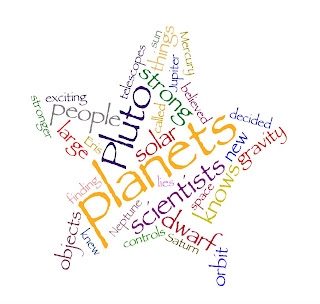
The problem that this episode revealed wasn’t about my individual medical care it was about a medical system that measured variables and outcomes in various places and times, conducted statistical analyses, and made use of the results in other situations. We didn’t do the amniocentesis, and my wife delivered a healthy girl a few months later, but the episode troubled me, particularly after a back-of-the-envelope calculation convinced me that many thousands of people had gotten that diagnosis that same day worldwide, that many of them had opted for amniocentesis, and that a number of babies had died needlessly. She said, “Ah, that explains why we started seeing an uptick in Down syndrome diagnoses a few years ago. I returned to tell the geneticist that I believed that the white spots were likely false positives, literal white noise. I also noticed that the imaging machine used in our test had a few hundred more pixels per square inch than the machine used in the UK study. In my research, I discovered that a statistical analysis had been done a decade previously in the UK in which these white spots, which reflect calcium buildup, were indeed established as a predictor of Down syndrome. Being a statistician, I was determined to find out where these numbers were coming from. “Those are markers for Down syndrome,” she noted, “and your risk has now gone up to one in 20.” She let us know that we could learn whether the fetus in fact had the genetic modification underlying Down syndrome via an amniocentesis, but amniocentesis was risky-the chance of killing the fetus during the procedure was roughly one in 300.

There was a geneticist in the room, and she pointed out some white spots around the heart of the fetus.

When my spouse was pregnant 14 years ago, we had an ultrasound. Consider the following story, which involves humans, computers, data, and life-or-death decisions, but where the focus is something other than intelligence-in-silicon fantasies. There is a different narrative that one can tell about the current era. The idea that our era is somehow seeing the emergence of an intelligence in silicon that rivals our own entertains all of us, enthralling us and frightening us in equal measure. However, this is not the classical case of the public not understanding the scientists-here the scientists are often as befuddled as the public. As with many phrases that cross over from technical academic fields into general circulation, there is significant misunderstanding accompanying use of the phrase. The phrase is intoned by technologists, academicians, journalists, and venture capitalists alike. Artificial Intelligence (AI) is the mantra of the current era.


 0 kommentar(er)
0 kommentar(er)
